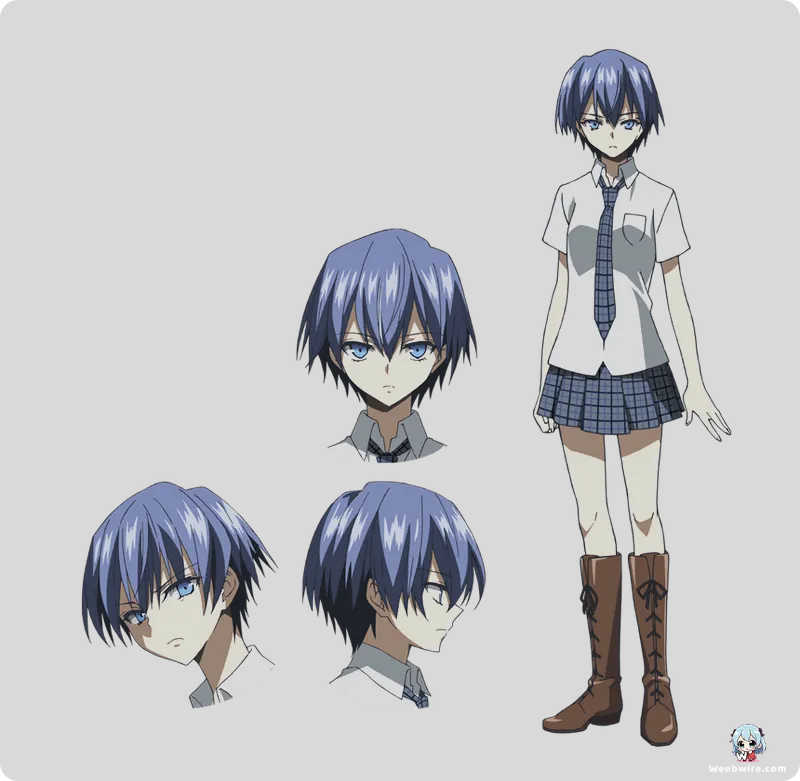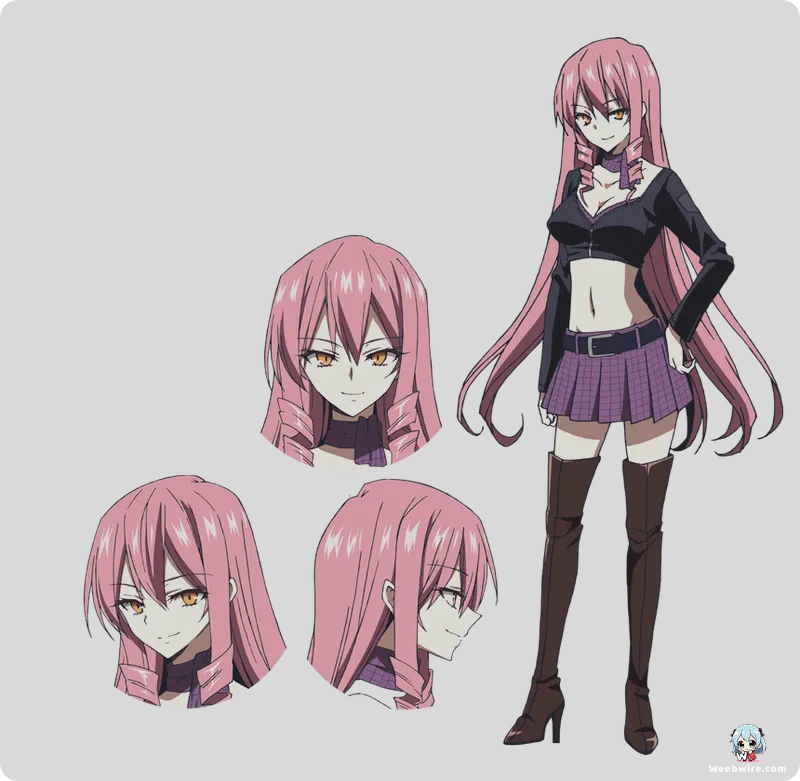Unmasking Class Black: Why Riddle Story of Devil's Inverted Thriller Still Captivates Anime Fans

Launched in April 2014, diomedéa's Riddle Story of Devil (Akuma no Riddle) burst onto the anime scene, captivating audiences with its ingenious twist on the classic assassination thriller. Far from a typical death game, this series masterfully blends intense action with profound drama, creating a narrative rich in character depth and unexpected turns. At its heart lies Myojo Private Academy's enigmatic 'Class Black,' a seemingly ordinary classroom concealing a deadly secret: twelve elite assassins, each vying to eliminate the cheerful and resilient Haru Ichinose. The true brilliance, however, emerges with Tokaku Azuma, a formidable assassin who, against all odds, pledges to protect Haru, irrevocably altering the game's rules. This compelling inversion transforms a straightforward survival scenario into a gripping psychological battle, exploring themes of loyalty, unlikely bonds, and the redefinition of moral codes within a confined, high-stakes environment.
Beyond the Kill: The Assassins' Psyches
What truly elevates Riddle Story of Devil is its meticulous exploration of each assassin's psyche. The eleven girls targeting Haru are not mere villains; they are complex individuals driven by unique, deeply personal motivations. Their failures to assassinate Haru lead to 'expulsion' from Class Black, but not without a mysterious 'gift' that uncannily caters to their deepest desires or confronts their darkest fears. This sophisticated system of rewards and consequences hints at a grander, more manipulative design behind Class Black, suggesting an orchestrator interested in more than just a simple kill. Each failed attempt thus becomes a poignant character study, revealing hidden emotional landscapes.

Tokaku and Haru: An Unlikely Bond
Central to the series' emotional core is the evolving relationship between Tokaku Azuma and Haru Ichinose. Recognised for its strong yuri undertones, their bond is the driving force behind Tokaku's unwavering resolve to shield Haru. Tokaku, initially cold and calculating, undergoes a profound transformation as her connection with Haru deepens. Haru, despite being the constant target, radiates an almost unshakeable optimism that often disarms her would-be killers and endears her irrevocably to Tokaku. Their names, too, carry symbolic weight: 'Haru' signifying new beginnings and warmth, while 'Tokaku' (ten horns) subtly hints at a formidable or even enigmatic nature, creating a compelling contrast that defines their dynamic.
Anime vs. Manga: A Unique Adaptation
Fans of the original manga by Yun Kouga and Sunao Minakata will appreciate the anime's distinct narrative path. While the manga continued beyond the anime’s conclusion, diomedéa’s adaptation offered its own definitive resolution to the Class Black saga, providing viewers with two unique interpretations. The production itself, under diomedéa’s skilled hand and with character designs by Naoki Morita, brought a distinctive visual flair, expertly balancing dark tension with moments of introspection. The innovative use of a unique ending theme for each episode, sung by the voice actress of the featured assassin, deepened viewer engagement, offering a vocal window into each character's arc. Riddle Story of Devil stands as a testament to genre innovation, delivering a captivating blend of action, psychological depth, and character-driven drama that continues to resonate with its audience.
Credits
Riddle Story of Devil
Author
Yun Kouga (story), Sunao Minakata (art)
Cover Art
Sunao Minakata
Studio
diomedéa
Publisher
Kadokawa Shoten
Producers





